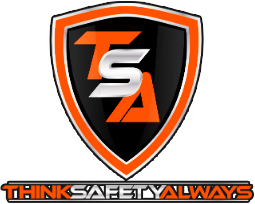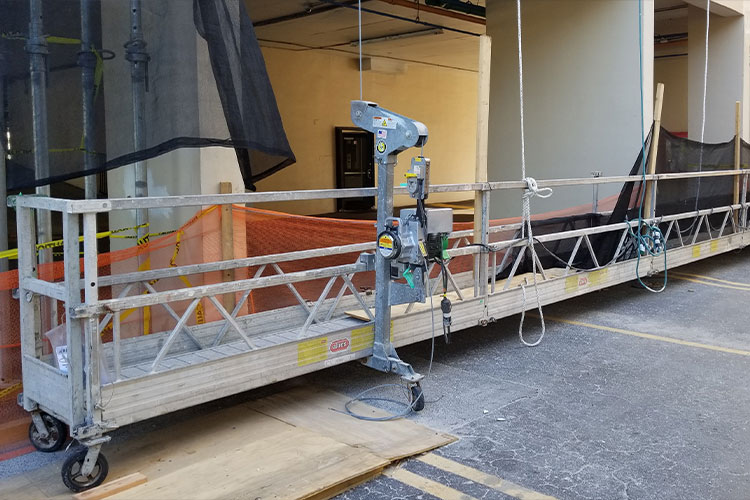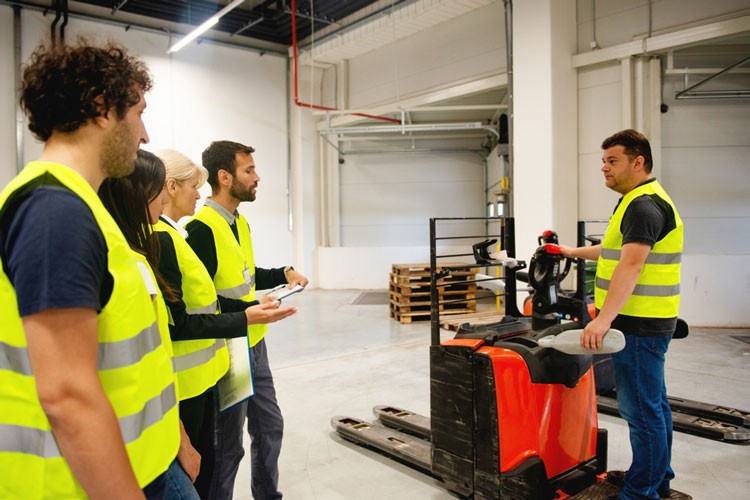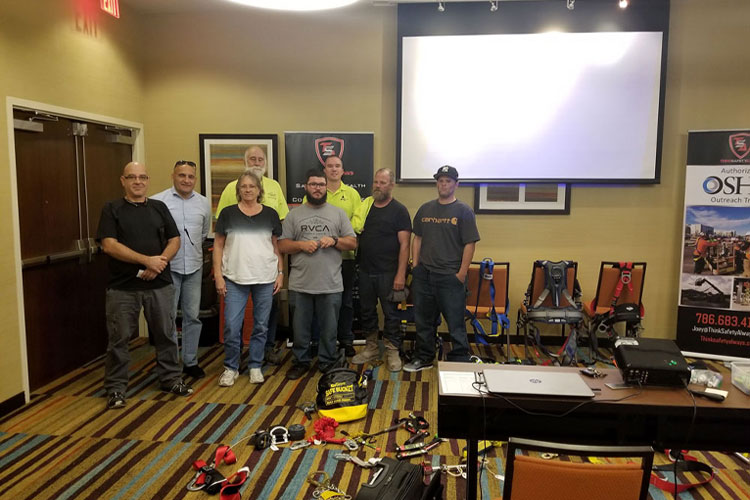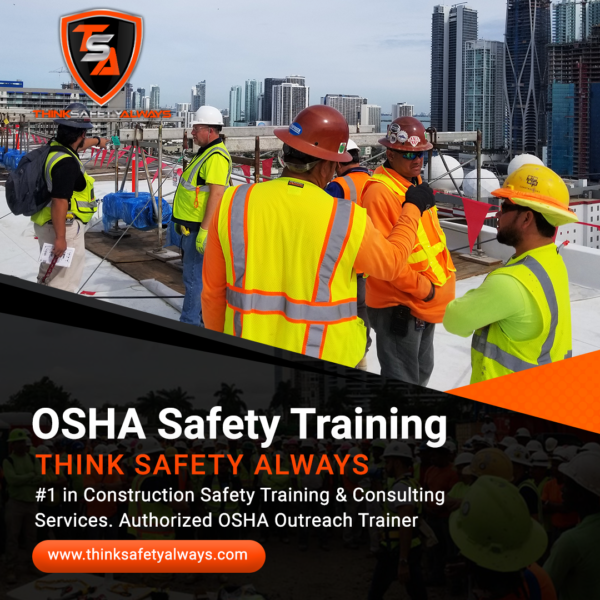Suspended scaffolding, also known as swing stage platforms, is a vital tool in construction, maintenance, and high-rise repair work. From window washing to façade restoration, these hanging platforms allow workers to reach incredible heights—but with great elevation comes great risk. One wrong move or a lack of proper training or Swing Stage Certification can lead to serious injury or even death.
That’s why Swing Stage Certification isn’t just recommended—it’s critical.
What Is a Swing Stage?
A swing stage is a type of suspended scaffold that consists of a platform supported by ropes or cables and is raised or lowered using motorized equipment. While incredibly effective for accessing tall or hard-to-reach structures, these platforms pose unique risks due to elevation, moving parts, fall hazards, and the need for constant balance and coordination.
Common jobs using swing stages include:
Window installation and cleaning on skyscrapers
Building façade repairs
Exterior painting on high-rise structures
Sign and lighting installation
Why Swing Stage Work Is So Dangerous
High-rise work on a suspended platform means that even a minor mistake can turn into a catastrophic event. Falls, tip-overs, faulty rigging, and electrocution are among the top dangers. According to OSHA, a significant percentage of scaffolding-related fatalities occur because workers were not properly trained to identify hazards or operate equipment safely.
Working at height introduces variables like wind, unstable anchoring, weight distribution, and overhead obstructions. Add in complex building layouts and unpredictable weather, and it becomes clear that knowledge and preparation are everything.
What Swing Stage Certification Covers
A comprehensive Swing Stage Certification course teaches workers to:
Properly assemble and dismantle suspended scaffolding
Conduct pre-use inspections for wear, damage, or improper setup
Understand load ratings and balance weight distribution
Use fall protection equipment, including harnesses and lifelines
Recognize weather-related risks and adjust procedures accordingly
Respond to emergencies and perform rescue operations if needed
By completing certification, workers gain the confidence and competence to operate safely at elevation while employers reduce liability and improve compliance with OSHA safety standards.
Who Needs This Certification?
Swing Stage Certification is required for:
Construction workers using suspended platforms
Supervisors overseeing exterior building work
Painters, glaziers, and maintenance crews on high-rise projects
Building restoration and repair contractors
Even if a worker is highly experienced, updated certification ensures their skills and knowledge are aligned with the latest OSHA requirements and best practices.
Building Safer Heights
No building is too tall for danger to follow—and no job is worth risking a life. Swing Stage Certification equips your team with the tools, procedures, and mindset needed to work safely at any height. From first-time users to seasoned pros, ongoing training is the foundation of a safe and successful project.
Think Safety Always – Swing Stage Certification
At Think Safety Always, we offer Swing Stage Training that meets OSHA regulations and emphasizes real-world application. Our hands-on courses are designed to prepare workers for the complexities of working on suspended scaffolds while prioritizing fall prevention and emergency readiness. With our expert instruction, your team can rise to the occasion—safely and confidently. Swing Stage Certification available here!
